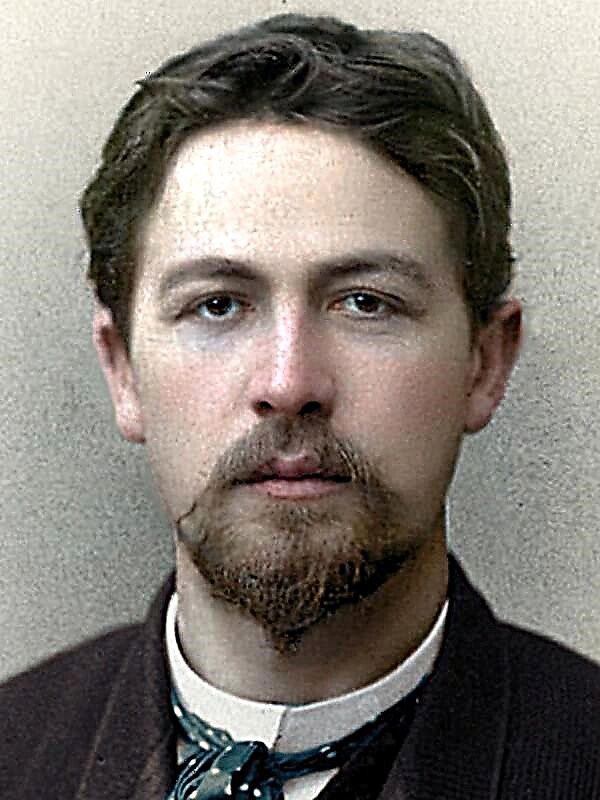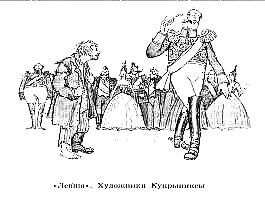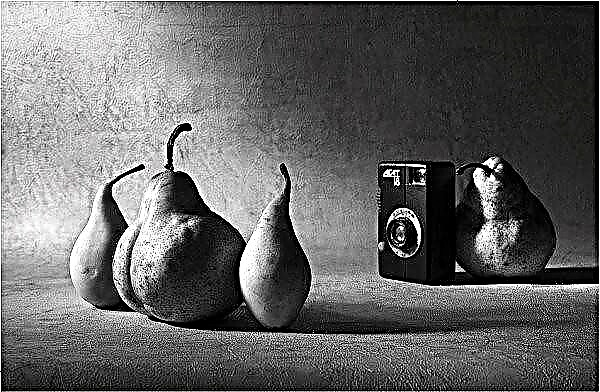The novel is evidence of an eyewitness who survived an epidemic of plague that erupted in 194 ... in the city of Oran, a typical French prefecture on the Algerian coast. The narrative is on behalf of Dr. Bernard Rie, who led the anti-plague activities in the infected city.
A plague comes to this city, devoid of vegetation and not knowing the birdsong, unexpectedly. It all starts with the fact that dead rats appear on the streets and in houses. Soon, thousands of them are gathered around the city every day.On the first day of the onset of these gloomy harbingers of disaster, not even realizing the catastrophe threatening the city, Dr. Rie sends his wife, who has long been suffering from some ailment, to a mountain sanatorium. His mother moves to help him with the housework.
The pylorus in the doctor’s house was the first to die of the plague. No one in the city yet suspects that the disease that has befallen the city is a plague. The number of cases increases every day. Dr. Rie orders in Paris a serum that helps the sick, but not much, and soon it ends. The prefecture of the city becomes obvious the need to declare quarantine. Oran becomes a closed city.
One evening, the doctor is called to his old patient, an employee of the city hall named Gran, whom the doctor treats for free because of his poverty. His neighbor, Kottar, tried to commit suicide. The reason that prompted him to take this step is not clear to Gran, but later he draws the doctor's attention to the strange behavior of a neighbor. After this incident, Kottar begins to show extraordinary courtesy in communicating with people, although he was previously unsociable. The doctor suspects that Kottar has an unclean conscience, and now he is trying to earn the favor and love of others.
Gran himself is an elderly, thin-bodied man, timid, with difficulty selecting words to express his thoughts. However, as the doctor later becomes aware, for many years, in his spare time, he has been writing a book and dreams of creating a truly masterpiece. All these years he has been polishing a single, first phrase.
At the beginning of the epidemic, Dr. Rieu met with journalist Raymond Rambert, who had arrived from France, and still a rather young, athletic-looking man with a calm, gaze of gray eyes named Jean Tarroux. From his very arrival in the city a few weeks before the unfolding events, Tarru has been keeping a notebook where he makes his observations on the inhabitants of Oran in the most detailed way, and then on the development of the epidemic. Subsequently, he becomes a close friend and associate of the doctor and organizes volunteer medical teams to combat the epidemic.
From the moment quarantine is announced, residents of the city begin to feel as if in prison. They are forbidden to send letters, swim in the sea, go outside the city, guarded by armed guards. The city is gradually running out of food, which is used by smugglers, people like Kottara; the gap is growing between the poor, forced to eke out a miserable existence, and wealthy residents of Oran, who allow themselves to buy food on the black market at exorbitant prices, luxuriate in cafes and restaurants, and visit entertainment venues. No one knows how long this horror will last. People live one day.
Rambert, feeling like a stranger in Oran, is eager for his wife in Paris. First, by official means, and then with the help of Cottard and smugglers, he is trying to break out of the city. Dr. Rie, meanwhile, works twenty hours a day, caring for patients in hospitals. Seeing the dedication of the doctor and Jean Tarre, Ramber, when he has a real opportunity to leave the city, abandons this intention and adjoins the Tarr medical squads.
In the midst of an epidemic that is taking a huge amount of lives, the only person in the city who is happy with the state of things remains Kottar, because, using the epidemic, he makes his fortune and does not have to worry that the police will remember him and the trial that has begun on him will resume.
Many people who have returned from special quarantine institutions and have lost loved ones lose their minds and burn their own homes, hoping in this way to stop the spread of the epidemic. Marauders rush into the fire before the eyes of indifferent owners and plunder everything that they can carry on themselves.
Initially, funeral rites are performed subject to all the rules. However, the epidemic is gaining such proportions that soon the bodies of the dead have to be thrown into the ditch, the cemetery can no longer accept all the dead. Then their bodies begin to be taken out of the city, where they are burned. The plague has been rampant since spring. In October, Dr. Castell creates a serum in Oran itself from the virus that took possession of the city, because this virus is somewhat different from its classic version. To the bubonic plague is also added over time, and pulmonary plague.
They decide to try the serum on a hopeless patient, the son of investigator Oton. Dr. Rie and his friends observe the agony of the child for several hours in a row. He cannot be saved. They are hard going through this death, the death of a sinless being. However, with the onset of winter, in early January, cases of patients recovering more and more often begin to repeat themselves, as happens, for example, with Gran. Over time, it becomes apparent that the plague begins to open its claws and, exhausted, release the victims from their arms. The epidemic is waning.
Residents of the city at first perceive this event in the most controversial way. From joyful excitement throws them into gloom. They do not yet fully believe in their salvation. Cottar during this period closely interacts with Dr. Rie and with Tarru, with whom he conducts frank conversations that when the epidemic ends, people will turn their back on him, Cottara. In Tarru's diary, the last lines, already in illegible handwriting, are dedicated to him. Suddenly, Tarru gets sick, with both types of plague at the same time. The doctor is unable to save his friend.
One February morning, the city, finally declared open, rejoices and celebrates the end of the terrible period. Many, however, feel that they will never be the same. The plague introduced a new trait into their character - a certain detachment.
One day, Dr. Rie, on his way to Gran, sees how Cottar, in a state of insanity, shoots passersby from his window. The police hardly manage to neutralize him. Gran, however, resumes writing a book whose manuscript was ordered to be burned during his illness.
Dr. Rie, returning home, receives a telegram that tells about the death of his wife. He is in great pain, but he realizes that there is no inadvertence in his suffering. The same ongoing pain tormented him for the past few months. Listening to the joyful screams coming from the street, he thinks that any joy is at stake. The plague microbe never dies, it is capable of slumbering for decades, and then the day may come when the plague will awaken the rats again and send them to ring on the streets of a happy city.

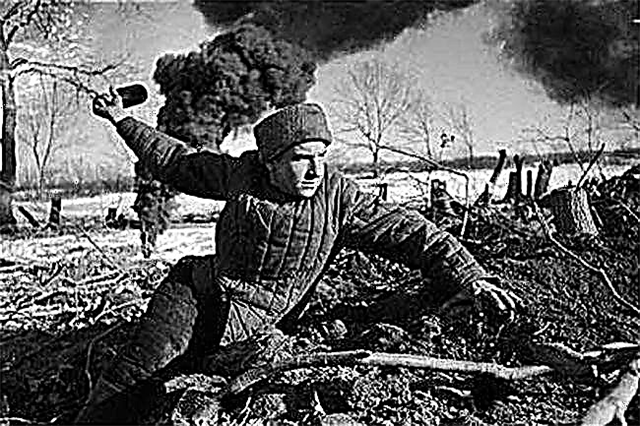
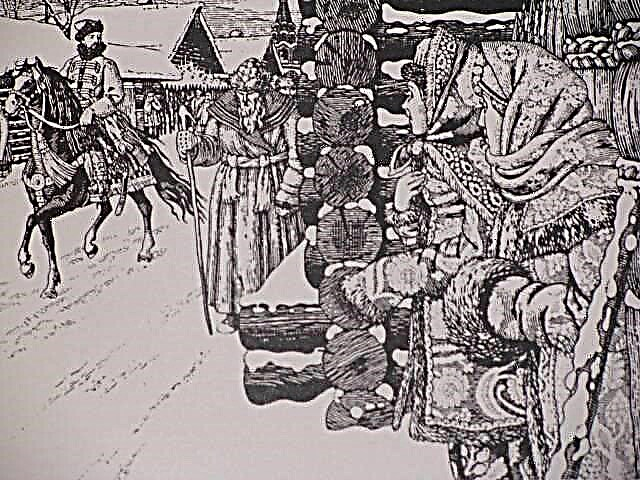

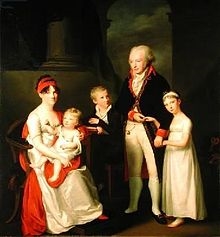
 Junkie
Junkie